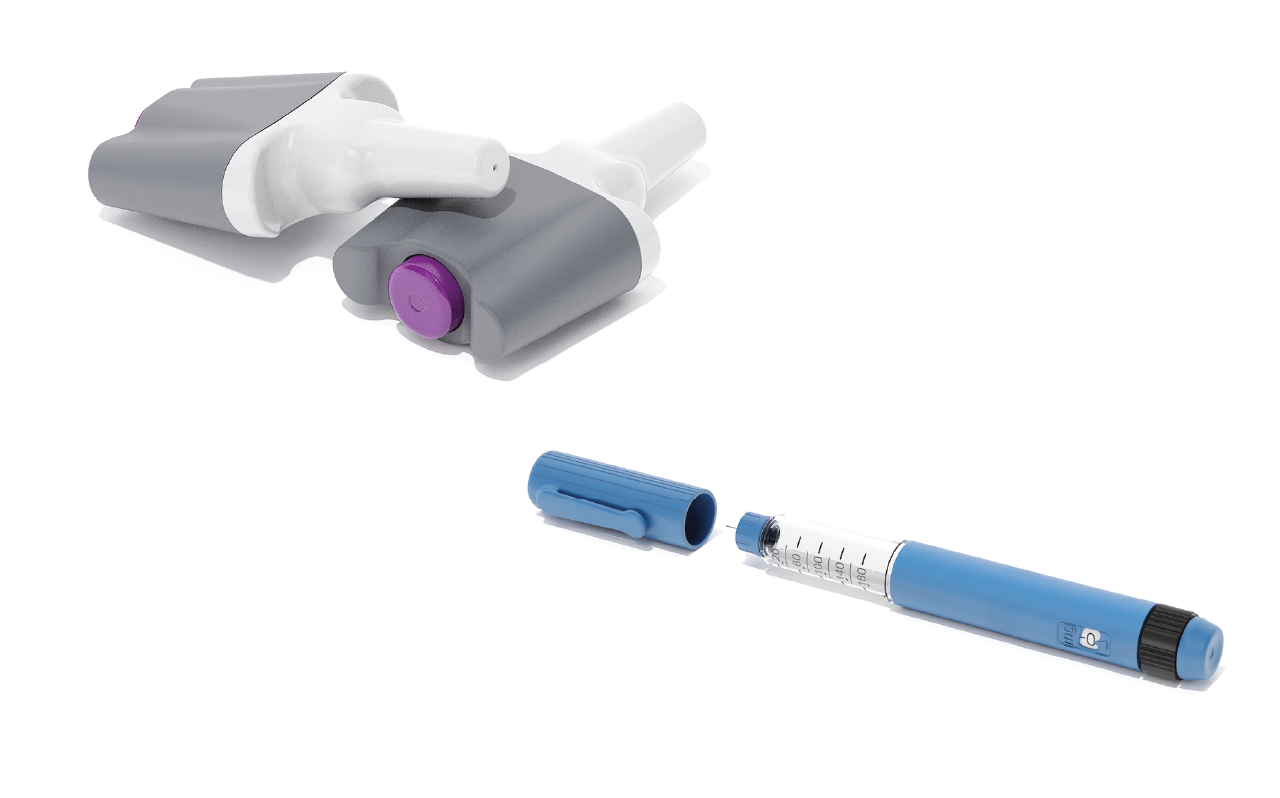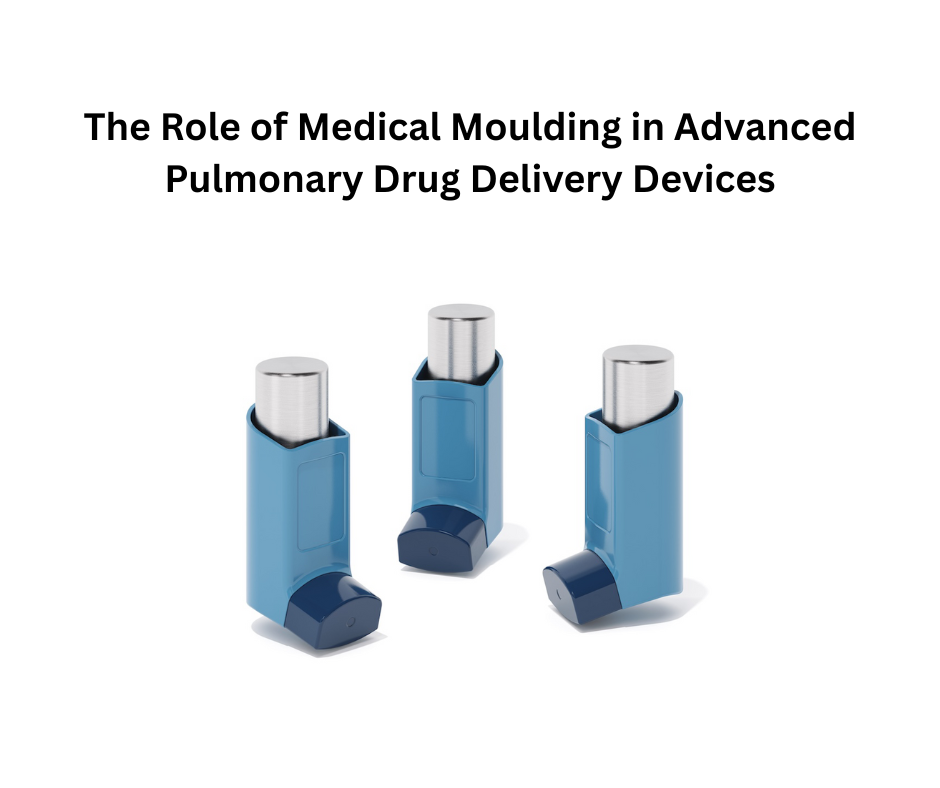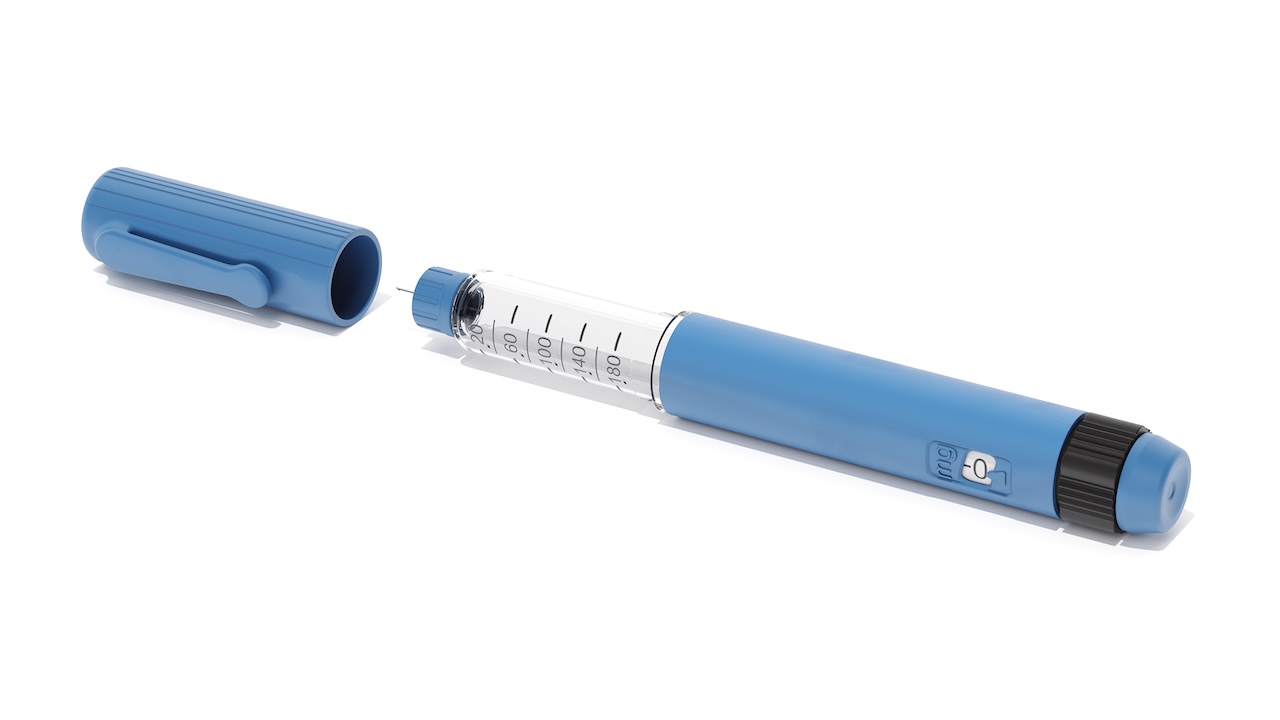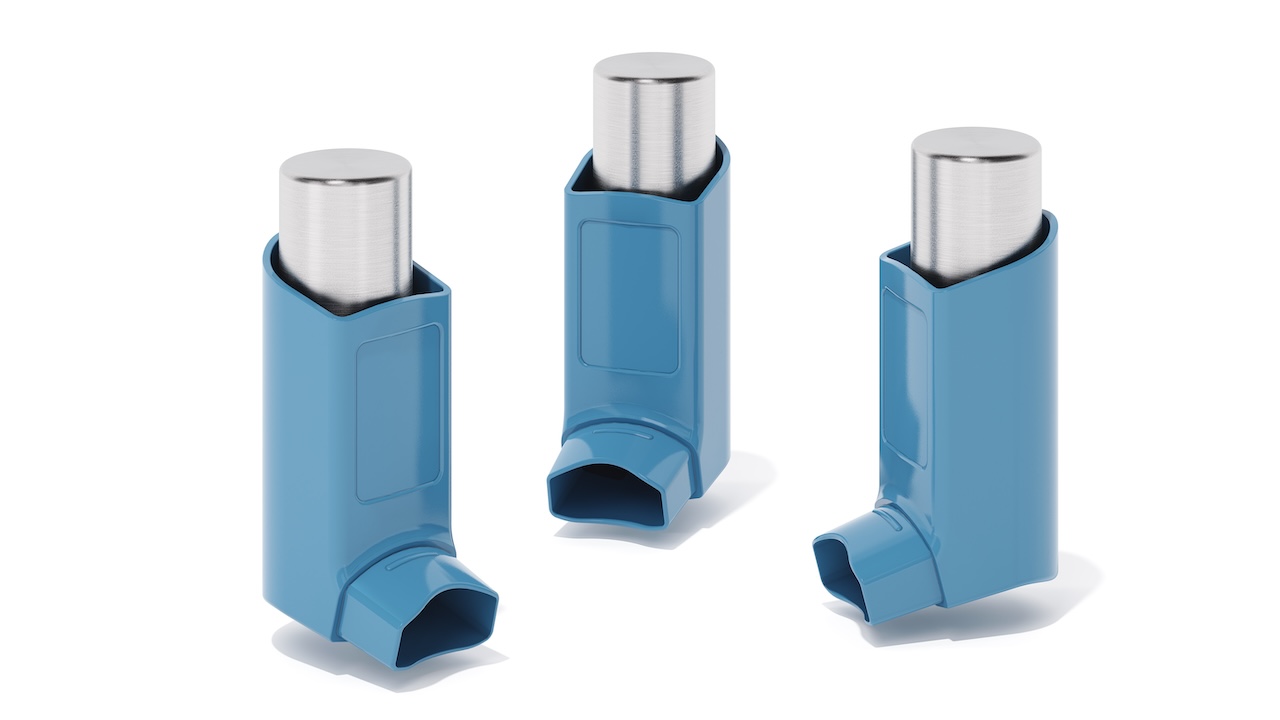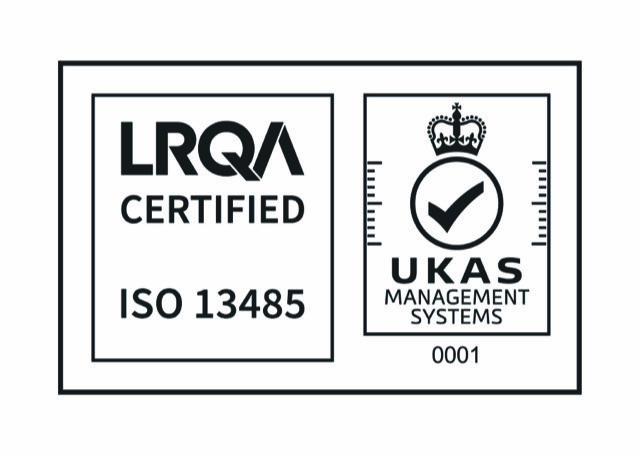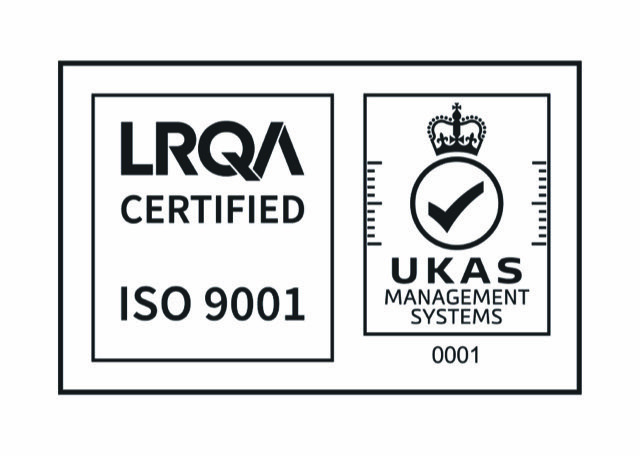Medical Device Market Growth Outlook: 2025–2030
The global medical device industry is set to witness strong growth from 2025 to 2030, fueled by aging populations, increasing chronic diseases, and rapid advancements in healthcare technology. This growth is supported by favourable regulatory environments and a surge in demand for personalised and connected care. Market projections suggest significant expansion across multiple segments, including smart devices, wearables, and diagnostic equipment.
Market Size and Forecast
Industry analysts predict substantial growth in the medical device sector over the next five years:
- The global medical device market is projected to grow from USD 681.57 billion in 2025 to USD 955.49 billion by 2030, at a CAGR of 6.99% (Mordor Intelligence, 2025).
- The connected medical device segment is expected to rise from USD 75.99 billion in 2025 to USD 152.71 billion by 2030, growing at a CAGR of 14.98% (Mordor Intelligence, 2025).
- The wearable medical device market is projected to more than double, reaching USD 66.9 billion by 2030, with a CAGR of 10.1% (GlobeNewswire, 2025).
- The smart medical devices market, valued at USD 90.55 billion in 2024, is projected to grow at a CAGR of 12.84% through 2030 (Grand View Research, 2025).
Key Growth Drivers
1. Aging Global Population
By 2050, over 1.5 billion people worldwide will be aged 65 and above, leading to greater demand for chronic care and diagnostic devices (Mordor Intelligence, 2025).
2. Rise in Chronic Diseases
Increasing rates of diabetes, cardiovascular disease, and respiratory conditions are intensifying the need for continuous monitoring and treatment solutions. For example, diabetes-related devices represent a fast-growing segment due to rising global prevalence (Meditech Insights, 2025).
3. Technological Innovation
Artificial intelligence (AI), robotics, and data analytics are transforming device capabilities, allowing for real-time diagnostics, robotic surgeries, and AI-assisted imaging. Internet of Things (IoT) integration is also enabling smart monitoring systems (Market Data Forecast, 2025).
4. Customisation via 3D Printing
3D printing is revolutionising the production of patient-specific implants and prosthetics. These customised solutions enhance patient comfort, reduce recovery time, and increase clinical efficiency (PharmiWeb, 2025).
5. Government and Regulatory Support
Programs such as ARPA-H (Advanced Research Projects Agency for Health) in the U.S. are backing breakthrough AI-driven health technologies. These initiatives accelerate innovation and reduce time-to-market for advanced medical devices (Grand View Research, 2025).
Regional Trends
North America
North America remains the market leader, accounting for over 40% of global medical device revenues due to high healthcare expenditure, a well-developed infrastructure, and a strong innovation ecosystem (Precedence Research, 2025).
Asia Pacific
Asia Pacific is projected to grow at the fastest pace, with countries like China and India investing heavily in healthcare infrastructure and digital health initiatives (Precedence Research, 2025).
Industry Challenges
Despite optimistic projections, the medical device sector faces significant hurdles:
- Supply Chain Vulnerabilities: The COVID-19 pandemic exposed fragile global supply chains that impact device production and distribution (Market Data Forecast, 2025).
- Cybersecurity Threats: As more devices become connected, protecting patient data from cyberattacks is becoming critical. Regulatory compliance (e.g., HIPAA, GDPR) is essential (Market Data Forecast, 2025).
- Regulatory and Safety Issues: Strict regulatory environments can delay product rollouts.
From 2025 to 2030, the medical device industry is set for dynamic growth across all major regions and segments. With new technologies like AI and 3D printing entering the mainstream, devices are becoming smarter, more personalised, and better connected. As the global population ages and chronic conditions rise, the demand for efficient, patient-centric medical solutions will only intensify. Addressing cybersecurity, supply chain, and regulatory challenges will be key to maintaining momentum.
References
- Mordor Intelligence. (2025). Global Medical Device Technologies Market. Link
- Mordor Intelligence. (2025). Connected Medical Device Market. Link
- GlobeNewswire. (2025). Medical Device Market Outlook Report. Link
- Grand View Research. (2025). Smart Medical Devices Market. Link
- Meditech Insights. (2025). Medical Devices Market Trends. Link
- Market Data Forecast. (2025). Medical Devices Market Report. Link
- PharmiWeb. (2025). 3D Printing in Medical Devices. Link
- Precedence Research. (2025). Medical Devices Market Size & Growth. Link
- Wall Street Journal. (2025). J&J’s Device Faces Safety Concerns. Link



